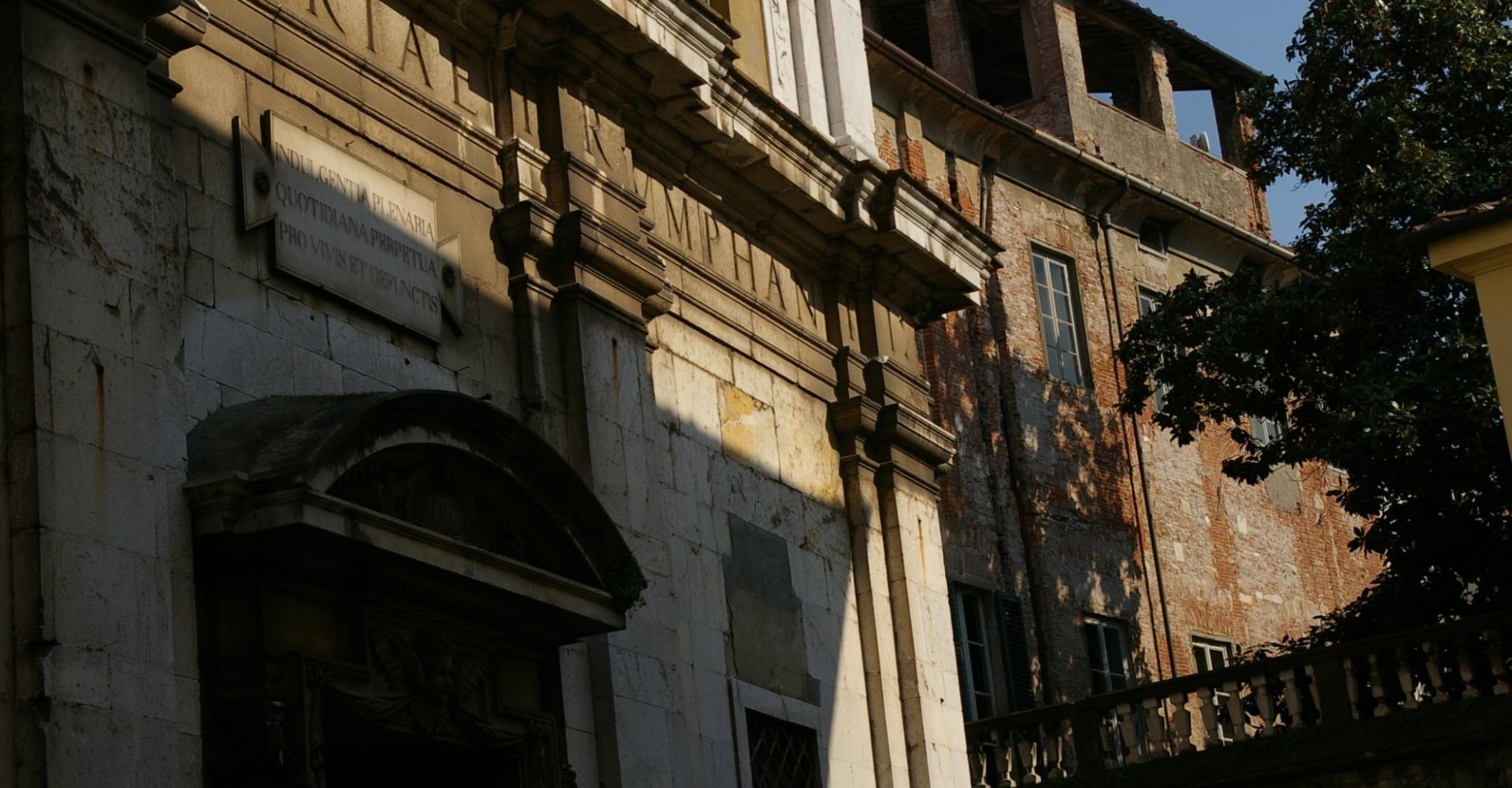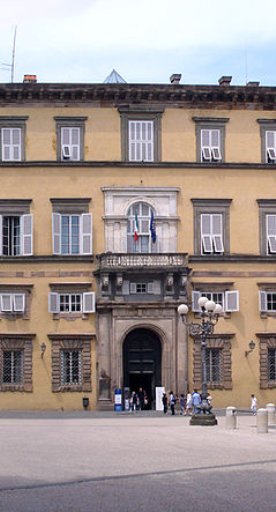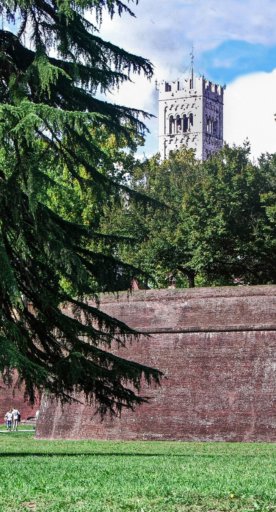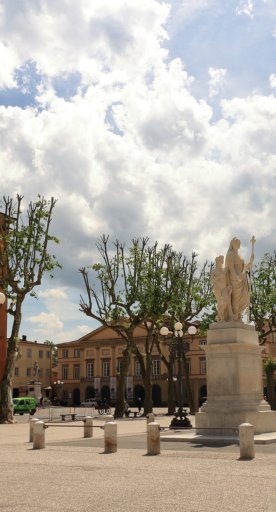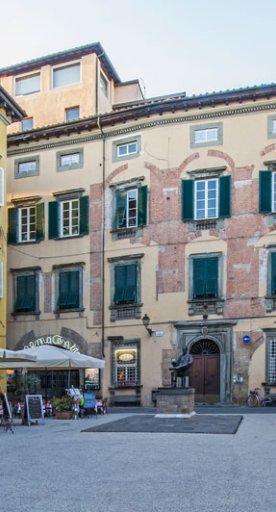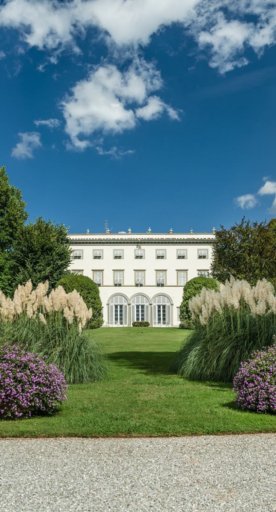Church of Santa Maria Nera in Lucca
One of the best examples of Baroque architecture in Lucca
A vaulted church not present in the tourist itineraries but of extreme value for history and content is the Church of Santa Maria Corteorlandini, also known as Church of Santa Maria Nera, which is found in the homonymous square, in Lucca.
The church owes its name, Corteorlandini, to the original location in the Curtis Rolandinga, the court of the Lombard family Rolandinghi. Thanks to an epigraph close to the door of the sacristy, we know that the construction had already been completed in 1188, but of the structure of this period only the south side and lateral apses have remained.
The key role in the history and in the realisation of the building is that played by the Congregazione dei Chierici Regolari della Madre di Dio (Congregation of the Regular Clerics of the Mother of God), an order founded in 1574 by San Giovanni Leonardi. Having obtained the church as their headquarters, they carried out a series of works on it, also expanding it with new convent rooms, including a library that is now home to the State Library of Lucca. In this way, the entire complex became an important cultural centre of the town. Works, modifications and upgrading continued for the entire 17th and 18th centuries and made it one of the most interesting examples of the Baroque style of Lucca. Some of the works that show this style are the capitals, arches, painted ceilings, vaults embellished by frescoes and stuccoes, holy water fonts of the 16th century and an octagonal pulpit wrapped tightly around a column.
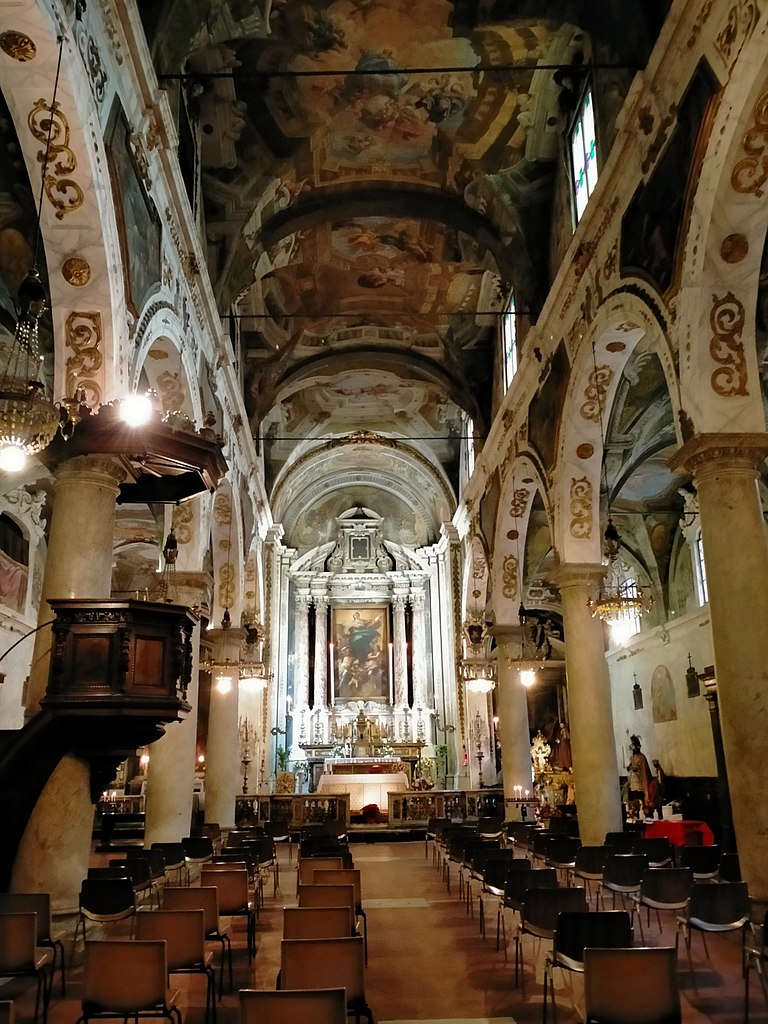
The pictorial works include two copies of paintings by Guido Reni, one of the most important Italian painters of the 17th century, a copy of the canvas of the Assunta by Luca Giordano. Tuscan painters are also well represented, with works by Francesco Vanni, Giovanni Marracci and Gaspare Mannucci. The Eucharistic tabernacle made with silver and lapis lazuli is attributed to the Flemish goldsmith Giovanni Vambrè the Old. The collection of altar frontals is also exhibited on celebrations of recurrences.
This church is popularly called “Santa Maria Nera” because of the brick chapel of Madonna di Loreto, (1662) containing the exact copy of the Tabernacle of the famous shrine with the homonymous Madonna depicted with a black face, also used as a model for the reconstruction of the original which was destroyed by a fire.
In December, the inside of the church is fitted out with a particularly precious crib, with large statues of the Three Wise Men dressed in sumptuous robes of silk and velvet of the tradition of the manufacturing industries of Lucca.
